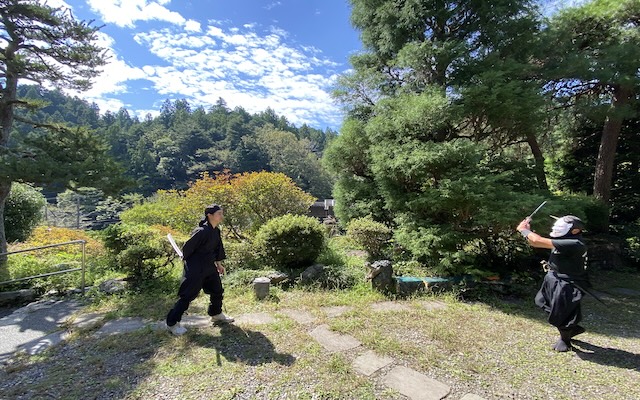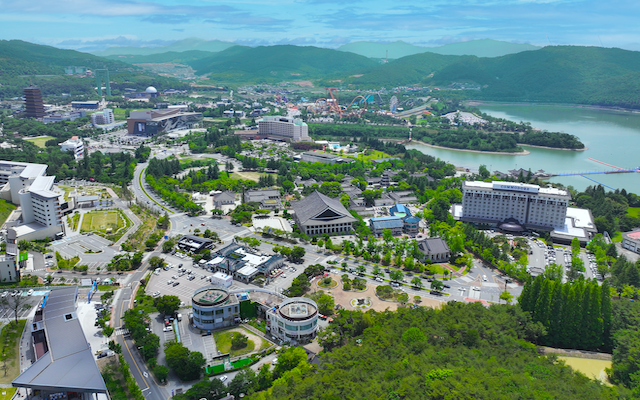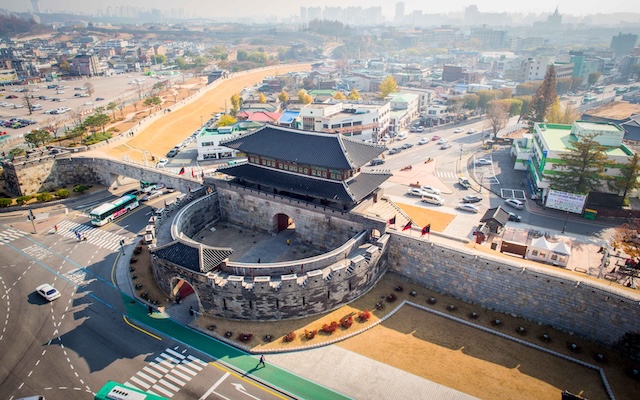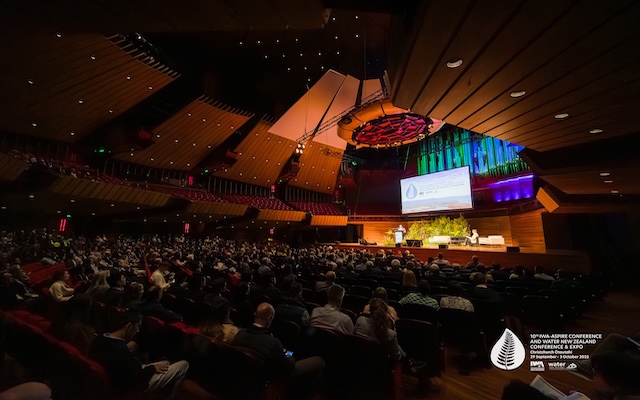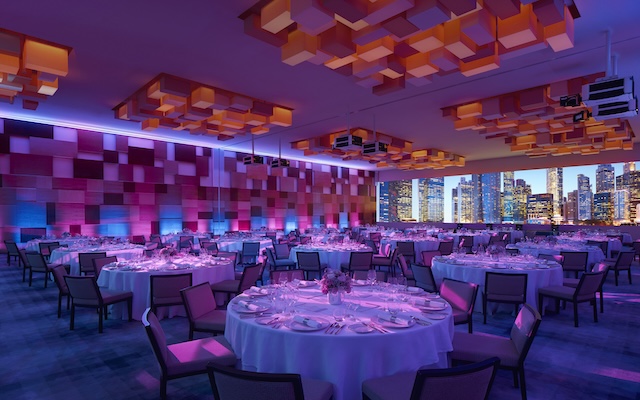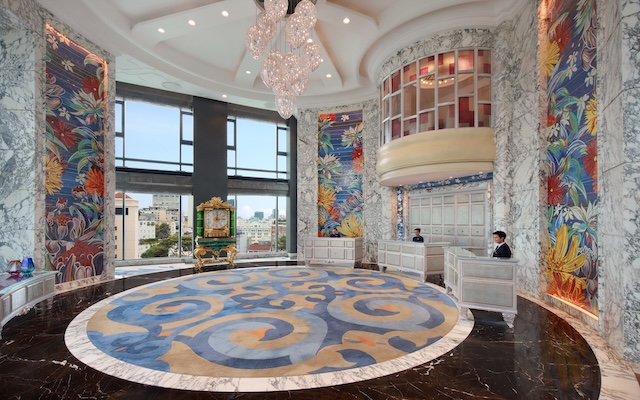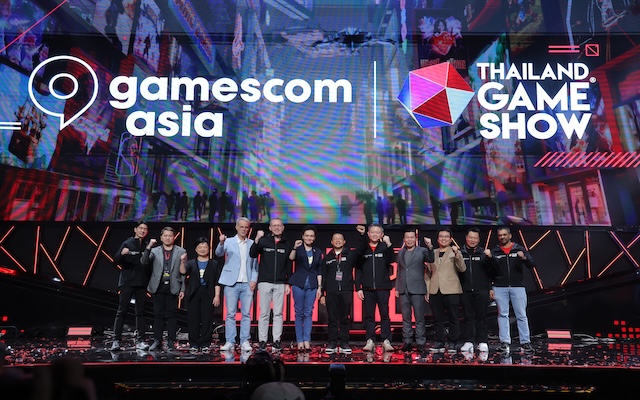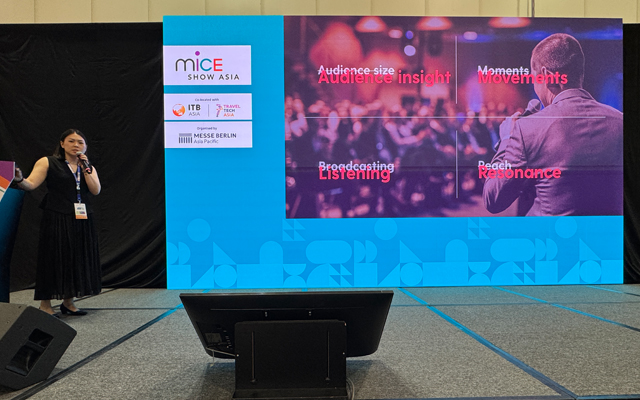
For decades, the measure of a successful corporate event was its sheer scale – the biggest ballroom, the most attendees, and the most dazzling spectacles. However, this approach is losing its effectiveness, driven by shrinking attention spans and an overload of digital content.
In a presentation on The Rise of Micro-Events and Decentralised Formats at ITB Asia earlier last month, Qinxin Khoo, head of APAC for the UK-headquartered Live Group, indicated there has been a significant change in event attendees after the pandemic.

As the world has become more digital and connected, attendees are increasingly seeking “something real at events”, signalling a demand for more authentic and meaningful experiences over large-scale spectacle, observed Khoo.
“They don’t want to be spoken to or sold at; they want to connect more meaningfully. People want to be part of the dialogue, feel the heartbeat of your brand or leadership team, and not just watch it on a screen,” she said.
She cited an example of how Live Group helped a client shift their strategy from hosting a single, massive product training event for sales partners worldwide, to identifying key markets in Asia, America, and the Middle East the client wanted to be in.
This shift required the training team to deliver content across multiple locations and timezones. However, the results were highly successful, and “partner engagement nearly doubled”, revealed Khoo. This increase was attributed to the ability to localise the content, using relevant case studies and tailoring the message, including language, to the specific audience in each room. This also led to more effective networking and feedback sessions.
“Ultimately, the smaller, multi-city format enabled the brand to tell its global story while maintaining a crucial local heart, achieving an impact that the former single, global event could not,” Khoo explained.
However, the industry needs to have a mindset shift, away from the fact that smaller events are viewed as a result of shrinking budgets, and instead, a deliberate design choice, she opined.
Khoo elaborated: “Large-scale events tend to cast a wider net, but the message gets diluted. Smaller formats, on the other hand, lets corporates curate exactly who is in the room. A lot of organisations are finding that smaller groups lead to bigger brand loyalty, because when people feel seen and heard, they won’t just attend your event, they will also advocate for you.”
She provided an example of yet another client, where the team developed a “chase the sun” concept, requiring the CEO to deliver the live webcast across multiple timezones, as opposed to a single, global webcast broadcast from one timezone.
“Although it was more tiring for the CEO, this format allowed him to localise the message to employees, and we saw employee satisfaction go up. The win here isn’t high attendance, but relevance.”
“Connection doesn’t scale through size. It scales through sincerity. And in 2025, relevance is the real currency,” Khoo concluded.



